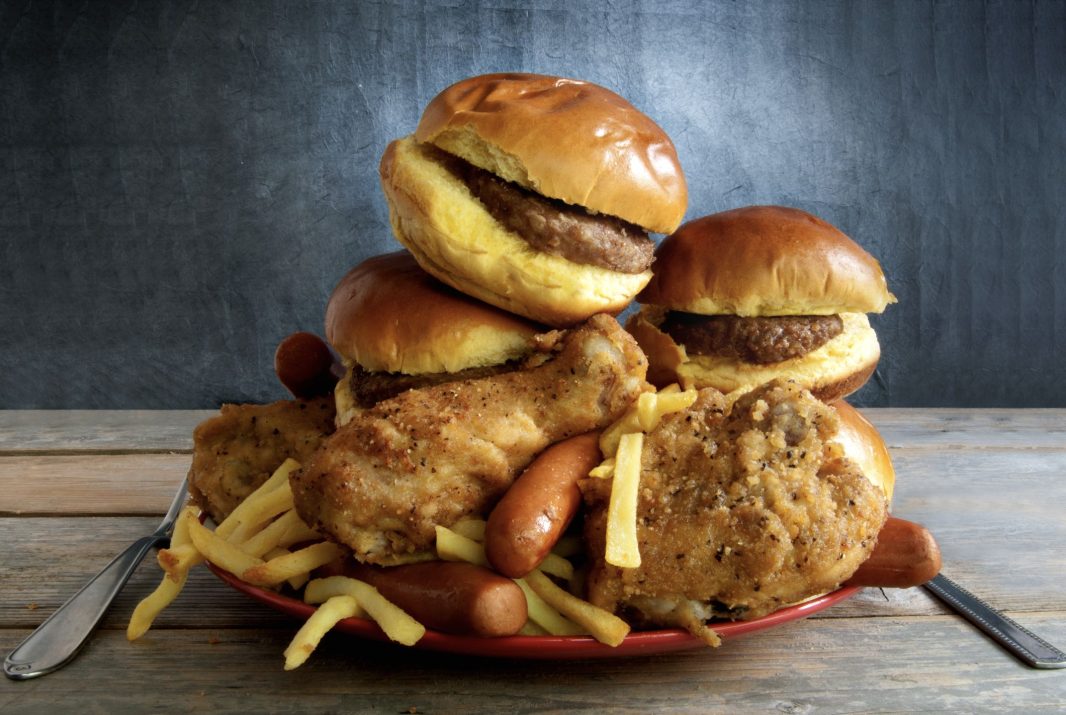In a bid to tackle obesity, the UK government has implemented a law that requires many businesses to place calorie information on menus. The law will mean that businesses with over 250 employees will now have to pay a fine of £2,500 if they ignore the guidance.
(However – the government notes that within the regulations there is a provision which permits businesses to provide a menu without calorie information at the express request of the customer. Could this be the new ‘smoking or non-smoking table’?)
This is pitched as great news for consumers who are looking to make more informed choices about the food and drinks they consume, but what effects could the changes have for the sector, the environment, and our health?
The change seems like a simple one. More information on packages and menus surely equals less food consumed? Sadly, this isn’t as simple as it seems.
Over the pond in the USA, despite the federal government requiring standardised nutrition labels back in 1990, the share of Americans struggling with obesity has increased from 26% in 1990 – to what is predicted by some sources to be 42% in 2022.
In other words, even when we’re given more information about what’s in our food, it doesn’t automatically mean that we make healthier choices. (We know that this opens a wider discussion on the contents of the food and the discrepancies in food standards – as well as an even larger debate on access to nutritious food and the cost of living, but for this article, we’ll focus on the restaurant changes here in the UK.)
Has the change been well received?
This is part of a larger government obesity reduction scheme that includes curbs on sugary drinks and food advertising, yet many professionals in the fitness sector and those supporting eating disorders feel perturbed they were not consulted on the changes. According to the National Eating Disorder Association, “Exposing people with eating disorders or those vulnerable to developing an eating disorder to calorie counts and other nutritional information can contribute to the development of unhealthy food behaviours and an unhealthy relationship with food.”
There seems to be merit in the idea – yet calorie counts aren’t as precise as the we would like them to be. As well as there being a 20% margin of error built into the calorie count, nutrient labels don’t always stack up. A study from Which? reported by the BBC looked at 570 nutrients in 70 products and found just 7% exactly matched the quantities on the labels. The study showed that 17% fell outside the accepted 20% margin of error, including a “kids” pizza with 47% more sugar than stated.
Currently, there is no specific law about how accurate the information on food labels should be – they need only show averages. There’s nothing to stop a restaurant simply guessing, which they are likely to do, unless they have a food testing lab in the back.
But surely the results of all this change are going to be worth it?
In a study of over 700 diners in restaurants, those shown calorie information on menus ordered food with an average of 106 less calories than those who weren’t given the information. (Source: Wansink, Brian and Kim, Youngsuk. “The Shape of Plate & Calorie Information: How They Influence Meal Size.” Food Quality and Preference 43.C (2015): 193-199)
It all sounds good – but in terms of energy burn, 106 calories are equal to just 15 minutes of walking. Stats from the government’s own Active Lives surveys show that between May 2016–2017 and May 2020–2021, the percentage of the population who were inactive rose from 25.6 per cent (11.3 million) to 27.5 per cent (12.5 million), indicating a better strategy could be in adjusting our lifestyles, not our eating out portion size.
A 2017 Government led pilot with 5000 people focused on diabetes reduction using fitness trackers had results with a mean weight change of −2.3 kg. The project included access to health coaches and online support groups, to help users monitor activity levels and receive motivational messages and prompts. That’s not a bad result.
Yet trackers cost money, and with a tech inclusivity problem, it might not be time for this to shine right now.
So, while the new law puts the stats in the hands of the consumers – we need to ask – is it accurate, is it worth the time it takes, and is it going to have tangible effects without support into healthier lifestyles as a whole?
After all, a study into obesity shows that decisions made day in and day out about food and nutrition have a far more significant effect on weight than the occasional sugary treat or meal out. (Source: Lissner, Lauren, et al. “Obesity: assessing the energy gap.” American Journal of Clinical Nutrition 88 (2008): 1297S-130S)
What about environmental concerns?
There are also concerns for the planet and cross-purpose goals in becoming net zero. The hospitality sector is often blamed for food waste, with stats suggesting that UK businesses alone discard 700,000 tonnes of edible food each year – the environmental impact of which is significant. (Source: WRAP. “Hospitality and Foodservice SME’s Action Plan.”(2012).)
The new menu laws could see an increase in this as portion sizes are controlled or wasted to fit into a calorie bracket. As we work to reduce food waste, using leftovers, and making eco conscious decisions to use seasonal local produce at home and where we dine, the experts in the kitchen should be helped to start pulling together meals that are delicious and also better for the environment.
A stricter adherence to a calorie counted menu take away the liberal dashes needed to make food just right for the paying customer – and could see businesses focusing on using alternatives – such as sweeteners like aspartame over sugar when it’s carbon footprint is 4x higher.
The new menu laws are a step in the right direction with a heart in the right place – but without a joined up thinking on health, food waste and the environment, it could be a change that the hospitality sector has to chew down on, without much return.
What do you think? Let us know!
If you want to reduce food waste, get a handle on menus and digitise to defend yourself against the latest changes so you’re never on the backfoot, speak to us today.







